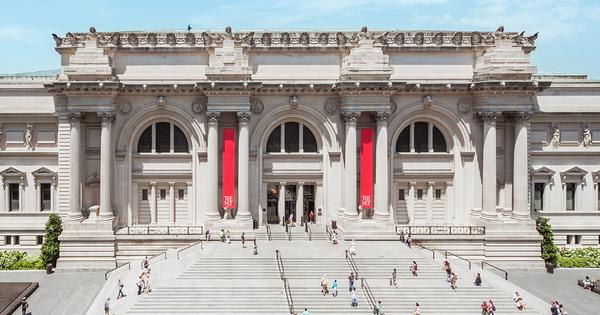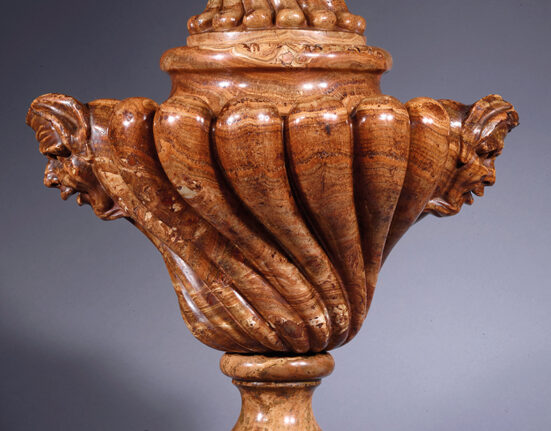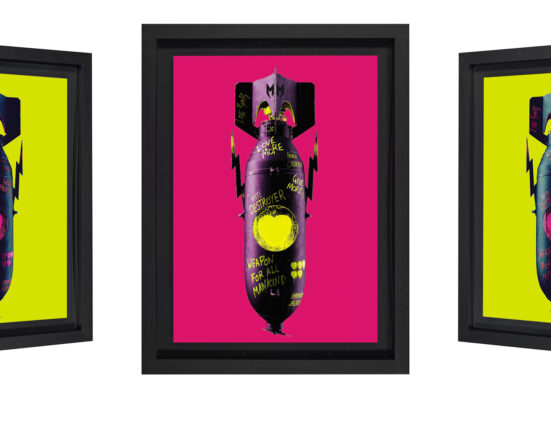Over an intense nine weeks in the summer of 1905 in the modest fishing village of Collioure on the French Mediterranean, Henri Matisse and Andre Derain embarked on a partnership that led to a wholly new, radical artistic language later known as Fauvism. Their daring, energetic experiments with color, form, structure, and perspective changed the course of French painting; it marked an introduction to early modernism and introduced Matisse’s first important body of work in his long career. This exhibition, which is co-organized by The Metropolitan Museum of Art and the Museum of Fine Arts, Houston, emphasizes as never before the legacy of that summer and examines the paintings, drawings, and watercolors of Matisse and Derain through sixty-five works on loan from national and international museums, including Musée National d’Art Moderne, Centre Pompidou; National Galleries of Scotland; National Gallery of Art, Washington, D.C.; San Francisco Museum of Modern Art; and the Museum of Modern Art, New York; as well as private collections.
With this new direction in painting, Matisse and Derain manipulated color in radical ways—nature took on hues responding to the artists’ sensations rather than reality. At the Salon d’Automne in 1905, when Matisse and Derain unveiled their controversial canvases, a prominent French journalist labeled them “les Fauves,” or wild beasts.
Accompanied by a catalogue.
The exhibition is made possible by The Florence Gould Foundation.
Additional support is provided by an Anonymous Foundation.
The exhibition is organized by The Metropolitan Museum of Art and the Museum of Fine Arts, Houston.
The publication is made possible by the Janice H. Levin Fund.
Additional support is provided by the Marlene and Spencer Hays Foundation and the Mellon Foundation.
#VertigoOfColor






